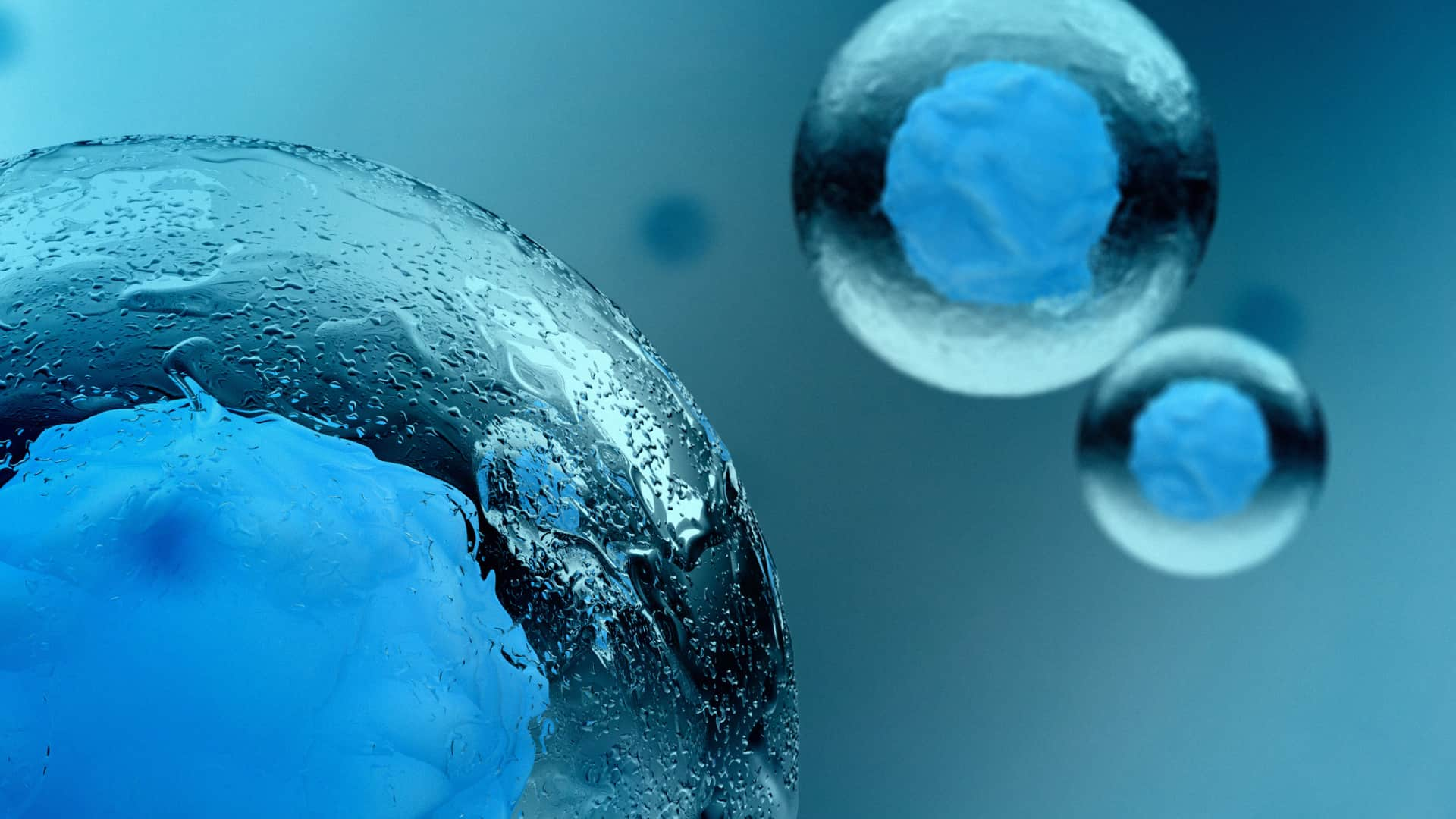Inositol-enhanced Bonded Arginine Silicate (as nooLVL™)
COMMON NAME
Inositol-enhanced Bonded Arginine Silicate
TOP BENEFITS OF NooLVLTM
Enhances processing speed and accuracy*
Supports executive function*
Boosts energy*
Promotes muscle performance*
WHAT IS NooLVLTM?
NooLVLTM is comprised of two components: Bonded (inositol-stabilized) arginine silicate (Nitrosigine®) plus additional inositol. L-arginine has relatively low bioavailability (~20%) following an oral dose, so high doses are needed to significantly boost blood arginine levels [1]. Nitrosigine® and NooLVLTM have overcome this limitation by bonding the L-arginine to a silicate–inositol complex, which significantly enhances the bioavailability of L-arginine [2–5]. L-arginine is involved in promoting healthy circulation because it can be used for nitric oxide production. Blood flow to metabolically active tissues, like the brain and muscles, plays a big role in allowing these tissues to perform their functions at a high level. Bonded arginine silicate supports exercise performance and post-exercise recovery by promoting muscle blood flow [6]. It also supports brain performance, enhancing mental accuracy, focus, processing speed, and executive function [5,7,8].
NEUROHACKER’S NooLVLTM SOURCING
NooLVLTM has been clinically studied in humans: It has boosted cognitive performance and energy in eSports athletes.
NooLVLTM is an upgraded version of Nitrosigine®, an ingredient that supports blood arginine levels and nitric oxide production, enhances energy, promotes focus and mental acuity, and supports better muscle response following exercise.*
NooLVLTM is a patented nutritional ingredient from Nutrition 21: It contains Nitrosigine® (l-arginine bonded to silica and inositol with affirmed GRAS) plus added inositol.
NooLVLTM is gluten-free, vegan, and non-GMO.
NooLVLTM is a trademark of Nutrition 21, LLC.
NooLVLTM FORMULATING PRINCIPLES AND RATIONALE
The studied serving of NooLVLTM has been 1600 mg/day: Nitrosigine® has been 1500 mg/day. Since these are the highest amounts that have been given in human research, we consider them to be the upper limit we’d be comfortable with for daily serving. Since it’s possible that the product this is included in might be used more than once a day (i.e., a person could opt to take two servings), we included half that amount per serving (i.e., 800 mg of NooLVLTM). In Neurohacker’s subjective and objective internal N of 1 testing, the half serving of NooLVLTM had additive effects when combined with other nootropic ingredients.*
NooLVLTM KEY MECHANISMS
Supports healthy vascular function*
L-arginine is the substrate for vascular nitric oxide (NO) production by NO synthase (NOS)* [9]
Upregulates endothelial NOS (eNOS) [silicate]* [10]
Upregulates the blood levels of arginine, silicon, and NO* [4]
Supports healthy vascular function* [2]
Supports healthy blood pressure [arginine]* [11] [inositol]* [12,13]
Supports brain function*
Upregulates dopamine release* [14–16].
Regulates dopamine transporter (DAT) activity* [17–20].
Supports neurotransmitter signaling [inositol]* [21]
Supports cognitive function*
Supports performance in complex cognitive tests requiring mental flexibility, processing speed and executive functioning* [7]
Promotes exercise performance*
Supports exercise performance [arginine]* [22]
Supports resistance to exhaustion [arginine]* [22]
Supports resistance to muscle fatigue [arginine]* [23]
Supports muscle blood flow after exercise* [6]
Supports muscle recovery* [6]
*These statements have not been evaluated by the Food and Drug Administration. This product is not intended to diagnose, treat, cure, or prevent any disease.
REFERENCES
[1]O. Tangphao, M. Grossmann, S. Chalon, B.B. Hoffman, T.F. Blaschke, Br. J. Clin. Pharmacol. 47 (1999) 261–266.
[2]S.D. Proctor, S.E. Kelly, J.C. Russell, Diabetologia 48 (2005) 1925–1932.
[3]S.D. Proctor, S.E. Kelly, D.F. Vine, J.C. Russell, Metabolism 56 (2007) 1318–1325.
[4]D.S. Kalman, S. Feldman, A. Samson, D.R. Krieger, Clin. Pharmacol. 7 (2015) 103–109.
[5]J. Komorowski, S.P. Ojalvo, The FASEB Journal 30 (2016) 690.17–690.17.
[6]S. Rood-Ojalvo, D. Sandler, E. Veledar, J. Komorowski, J. Int. Soc. Sports Nutr. 12 (2015) P14.
[7]D. Kalman, P.D. Harvey, S. Perez Ojalvo, J. Komorowski, Nutrients 8 (2016).
[8]S. Sylla, S.P. Ojalvo, J. Komorowski, The FASEB Journal 32 (2018) 724.12–724.12.
[9]N.W. Rajapakse, D.L. Mattson, Clin. Exp. Pharmacol. Physiol. 36 (2009) 249–255.
[10]B. Buffoli, E. Foglio, E. Borsani, C. Exley, R. Rezzani, L.F. Rodella, Acta Histochem. 115 (2013) 418–424.
[11]J.-Y. Dong, L.-Q. Qin, Z. Zhang, Y. Zhao, J. Wang, F. Arigoni, W. Zhang, Am. Heart J. 162 (2011) 959–965.
[12]A. Santamaria, D. Giordano, F. Corrado, B. Pintaudi, M.L. Interdonato, G.D. Vieste, A.D. Benedetto, R. D’Anna, Climacteric 15 (2012) 490–495.
[13]D. Giordano, F. Corrado, A. Santamaria, S. Quattrone, B. Pintaudi, A. Di Benedetto, R. D’Anna, Menopause 18 (2011) 102–104.
[14]L.P. Liang, S. Kaufman, Brain Res. 800 (1998) 181–186.
[15]M.T. Silva, S. Rose, J.G. Hindmarsh, P. Jenner, C.D. Marsden, Neuroreport 9 (1998) 149–152.
[16]A. Strasser, R.M. McCarron, H. Ishii, D. Stanimirovic, M. Spatz, Neuroreport 5 (1994) 2298–2300.
[17]T.J. Volz, J.O. Schenk, Synapse 54 (2004) 173–182.
[18]J.P. Kiss, G. Zsilla, E.S. Vizi, Neurochem. Int. 45 (2004) 485–489.
[19]J.P. Kiss, E.C. Hennings, G. Zsilla, E.S. Vizi, Neurochem. Int. 34 (1999) 345–350.
[20]V. Chaparro-Huerta, C. Beas-Zárate, M.U. Guerrero, A. Feria-Velasco, Neurochem. Int. 31 (1997) 607–616.
[21]S.K. Fisher, J.E. Novak, B.W. Agranoff, J. Neurochem. 82 (2002) 736–754.
[22]H.U. Yavuz, H. Turnagol, A.H. Demirel, Biol. Sport 31 (2014) 187–191.
[23]A. Schaefer, F. Piquard, B. Geny, S. Doutreleau, E. Lampert, B. Mettauer, J. Lonsdorfer, Int. J. Sports Med. 23 (2002) 403–407.




